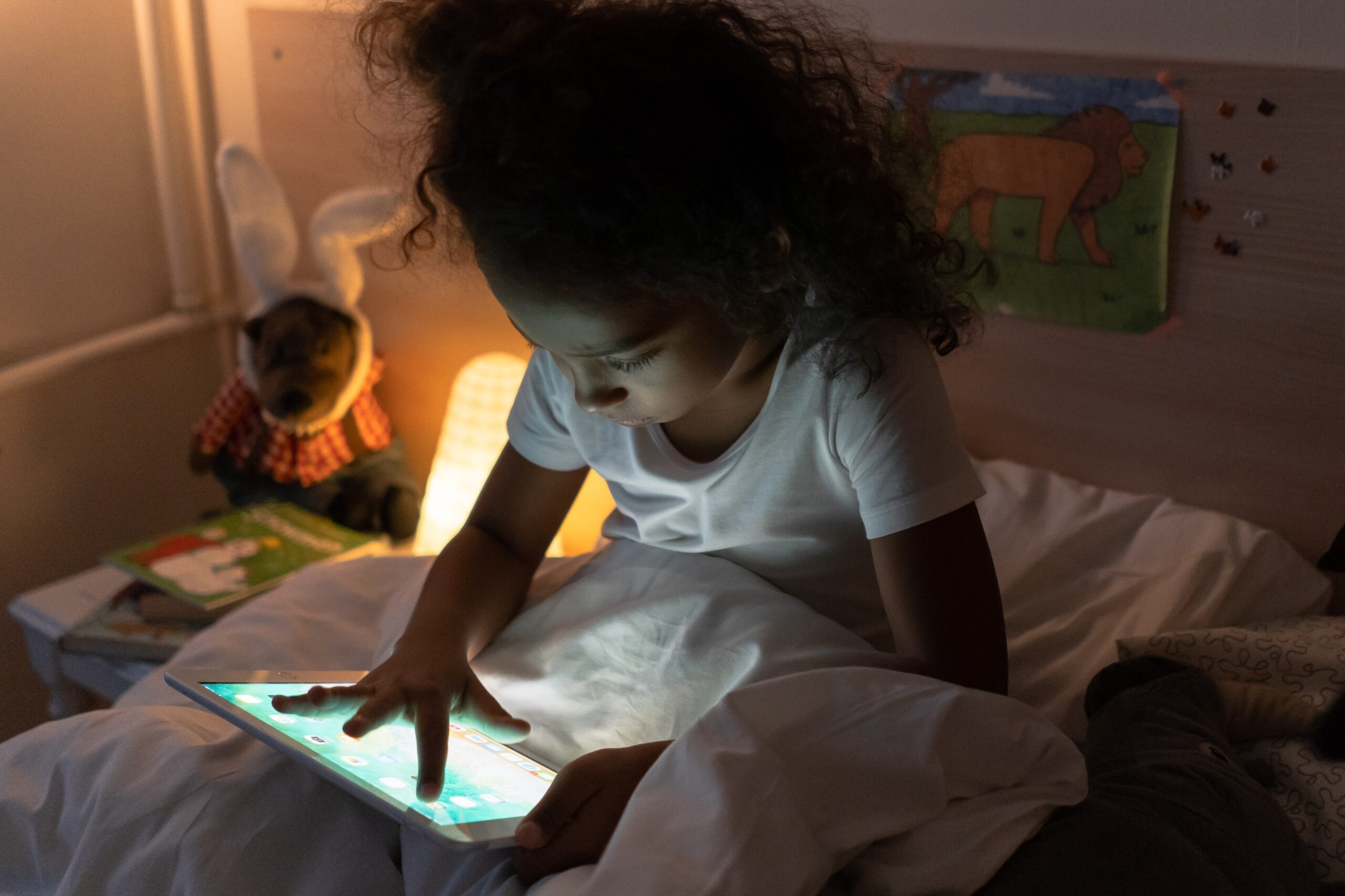
Five Ideas to Manage Your Kids’ Screen Time in a Pandemic
By: Tim Elmore
This may not surprise you, but since the pandemic started, kids’ screen time has doubled. Qustodio, a monitoring device that tracks screen time reports that kids’ screen time has increased 100 percent since the COVID-19 outbreak started. One dad noted that his son played video games 40 hours in a single week. That’s a full-time job. Check out some of the data:
- YouTube: The average viewing time is 97 minutes a day, double the time of 2019.
- Roblox, a video game: Boasts 31 million players, up 82 percent since 2019.
- Teen smartphone time: Time is now between 7 and 8 hours a day, practically a full-time job.
It makes sense, doesn’t it?
Many single parents might say they’re not sure how they’d make it through the day, both working and managing their kids without a one-eyed babysitter called a TV, tablet, or smartphone. They realize it’s not a good mental health choice, but what’s a single parent to do? Others are both teachers and parents, and they’re trying to work and lead their children, which can feel like two full-time jobs. Still, others have multiple children at home, and it feels impossible to monitor the chaos of so many.
Let’s face it–we have no training wheels for leading students in times like these.
Symptoms to Look For with Too Much Screen Time
Mental health expert Rachel Simmons identified some common signs that indicate your children have crossed a line and are spending too much time on a screen:
- They’re not engaging in other activities.
- They’re having trouble sleeping.
- They aren’t connecting with others face to face.
- They’re unusually agitated and irritable.
Dr. Dimitri a Christakis, director of the Center for Child Health, Behavior and Development at Seattle Children’s Hospital, observed:
“During the long months of lockdowns and shuttered schools, Mr. Reichert, like many parents, overlooked the vastly increasing time that his son was spending on video games and social media. Now, James, who used to focus his free time on mountain biking and playing basketball, devotes nearly all of his leisure hours — about 40 a week — to Xbox and his phone. During their argument, he pleaded with his father not to restrict access, calling his phone his ‘whole life.’”
Addiction Withdrawal
Once schools, activities, and social lives return to normal, we will most assuredly see kids go through withdrawals. “There will be a period of epic withdrawal,” said Keith Humphreys, a professor of psychology at Stanford University and an addiction expert. It will require young people to “sustain attention in normal interactions without getting a reward hit every few seconds.” This withdrawal period will be a necessary one for their mental and emotional health–not to mention their transition into adulthood. But parents and teachers will need to prepare for it.
The numbers warn us to introduce a new level of leadership to our young people. Let’s start with some basics.
Set a bedtime internet kill switch.
Millions of parents and teachers utilize a kill switch, where the internet goes to sleep at night, forcing the kids to find something else to do…like go to sleep themselves.
Apply age-appropriate filters.
Parents also use filters on all the phones in their home, enabling them to monitor the online activity of their children. You limit where they go and how long they’re on it.
Look for signs of addiction, and talk about them.
When we see symptoms like the ones I listed above, discuss them at mealtime. Express your desire for your kids to enjoy some balance in their lives instead of these symptoms.
Begin teaching them to take ownership of their screen time.
Ultimately, screen time cannot be fully controlled by parents or teachers. This is why we need to make sure our students are learning self-management skills like self-discipline and impulse control. The ability to self-regulate their screen time will serve them well, especially when we are not around.
New York Times journalist Matt Richtel writes, “Nearly a year into the coronavirus pandemic, parents across the country — and the world — are watching their children slide down an increasingly slippery path into an all-consuming digital life. When the outbreak hit, many parents relaxed restrictions on screens as a stopgap way to keep frustrated, restless children entertained and engaged. But, often, remaining limits have vaporized as computers, tablets and phones became the centerpiece of school and social life, and weeks of stay-at-home rules bled into nearly a year.”
Matt continues, “Scientists say that children’s brains, well through adolescence, are considered ‘plastic,’ meaning they can adapt and shift to changing circumstances. That could help younger people again find satisfaction in an offline world but it becomes harder the longer they immerse in rapid-fire digital stimulation.”
Five Simple Ideas to Manage Kids’ Screen Time in a Pandemic
We can avoid long-term issues, according to expert Rachel Simmons, by proactively putting some guidelines in place that steer attitudes and actions. Here are five ideas.
1. Make a list of nonscreen activities and post it.
Parents who are intentional often post a list on the refrigerator (a conspicuous spot) of all the cool “nonscreen” endeavors available. Puzzles and games serve as constant reminders of their options to stay healthy, mentally and physically.
2. Offer rewards for nonscreen hours.
Once you have a list, create rewards that your kids love and can earn when they participate in pastimes that are offline. It could be snacks, trips, toys, new shoes, or anything that reminds them there is life outside of a portable device.
3. Have the whole family follow the “matching rule.”
We had a “matching rule” with our kids. I requested they match the number of hours they spent on a screen with the hours they spent face to face with real people. We all had to follow this rule, myself included. It kept us balanced.
4. Aim for tech that teaches.
When they do spend time with technology, affirm and encourage tech use that actually enables them to learn something constructive. In fact, ask them to use their screen to create a project or achieve a goal that helps someone else.
5. Talk to your teens about research on screen time.
We all know what happens with too much screen time and failure to get enough exercise. Both adults and teens spend too much time sitting today and fail to enjoy the endorphins and other natural chemicals that come with movement. Learning more about the effects of screen time on the brain can inspire them to start managing their screen time themselves.
“Technology is just a tool,” wrote Bill Gates. “In terms of getting kids working together and motivating them, the teacher plays the most important role.” And in today’s world, that role is played by the teacher and the parent. Let’s lead this next generation well.







